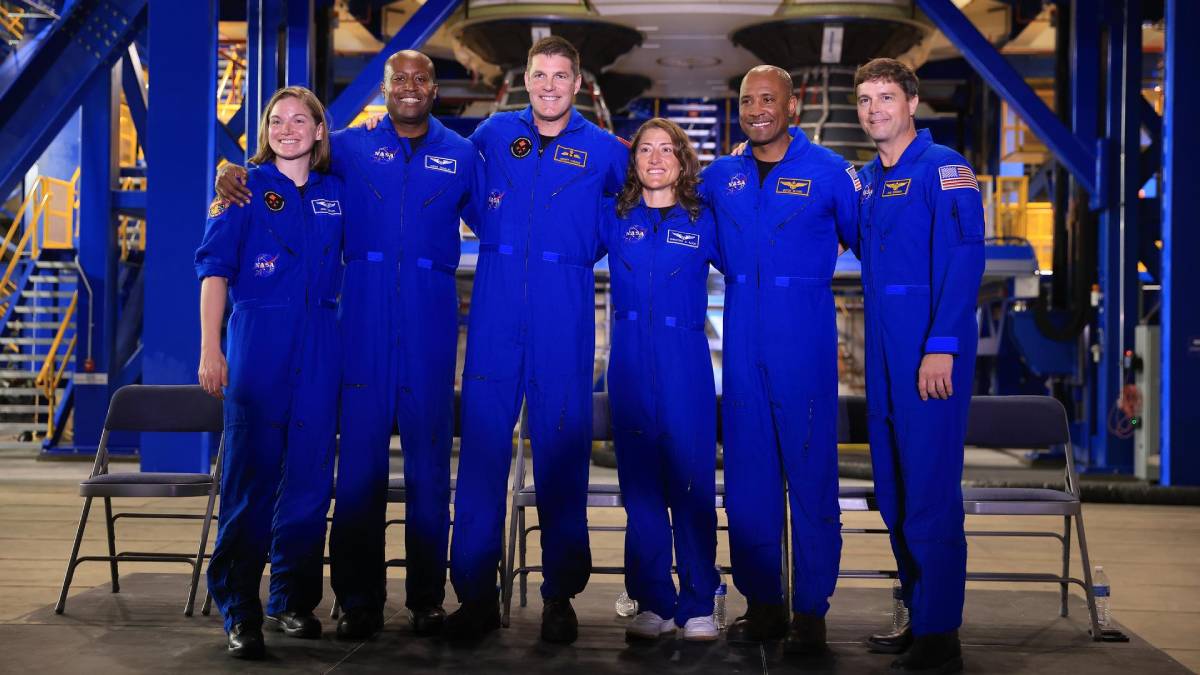Wind vibrations measured by NASA’s InSight mission seismometer are mapped into wind speed and direction to detect major annual weather patterns and open new possibilities for planetary instrumentation.
NASA
NASA Abandons Pledge to Put Women, Astronauts of Color on the Moon
NASA has dropped its commitment to land the first woman, the first person of color, and the first non-American astronaut on the Moon through the Artemis program.
NASA Shutters Offices of Strategy, Chief Scientist, and Diversity
On Monday morning, NASA conducted a reduction in force (RIF) for its Office of Technology, Policy, and Strategy (OTPS), Office of the Chief Scientist, and the Diversity, Equity, Inclusion, and Accessibility branch of the Office of Diversity and Equal Opportunity. Scientists at these offices provided strategic insights and analysis on NASA’s partnerships and missions, ensured its science goals align with the administration’s science objectives, and ensured that everyone has the opportunity to contribute to space exploration.
A Dragonfly for Titan
A new eight-rotor robotic probe will head to the solar system’s most Earth-like moon. Here’s what its team is doing to prepare.
Life’s Building Blocks Found in Bennu Samples
The discovery of amino acids, abundant ammonia, and the bases of DNA and RNA on asteroid Bennu suggest that materials essential to life might be widespread throughout the solar system.
Jet Propulsion Laboratory Reopens as Fire Recovery Continues
Many JPL staff, including its director, are still displaced or without homes after devastating fires throughout the LA region.
Latest Moon Mission Is Old, New, Borrowed, and Blue
Firefly Aerospace hopes to kick off 2025 by sticking a lunar landing. Science from the mission’s 10 NASA payloads could help guide future Moon missions.
De los datos a las decisiones: cambiando las prioridades en las observaciones de la Tierra
La NASA está actualizando la forma en la que diseña e implementa las misiones de las Ciencias de la Tierra, para garantizar que sus datos y ciencia lleguen a los usuarios y a los responsables de la toma de decisiones de forma más rápida y eficaz.
“Exceptional” Global Warming Spike Continued in 2024
More than 3 billion people experienced their hottest year ever in 2024 because of anthropogenic climate change. The world is speeding toward its 1.5°C warming target.
Watching a Solar Event from All Angles
A fleet of spacecraft captured unprecedented details of the major solar outbursts in May and June 2024.










